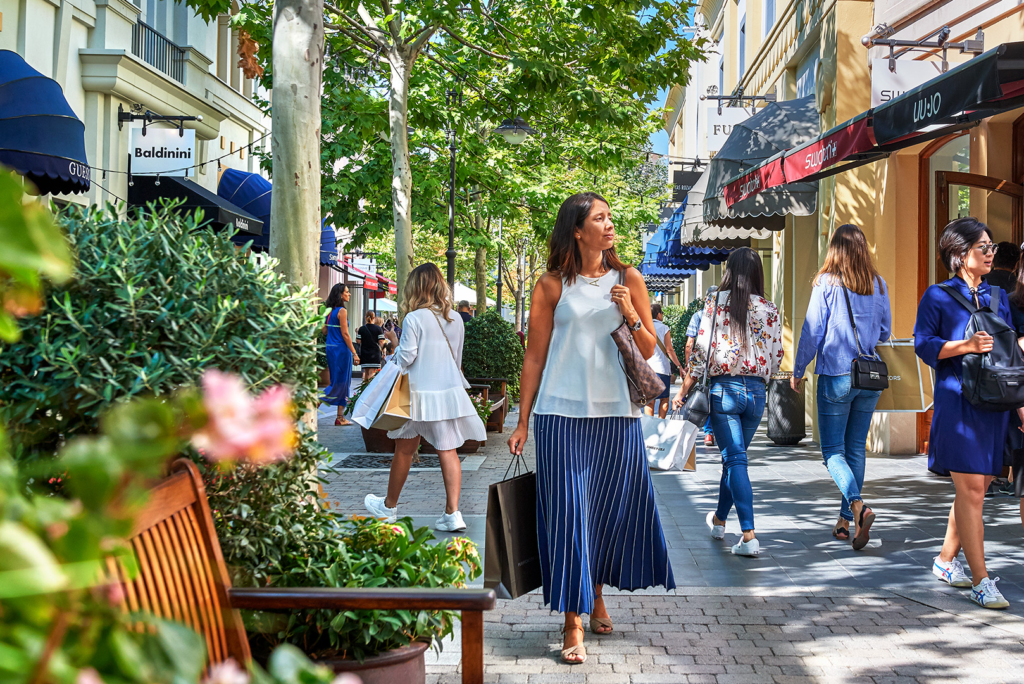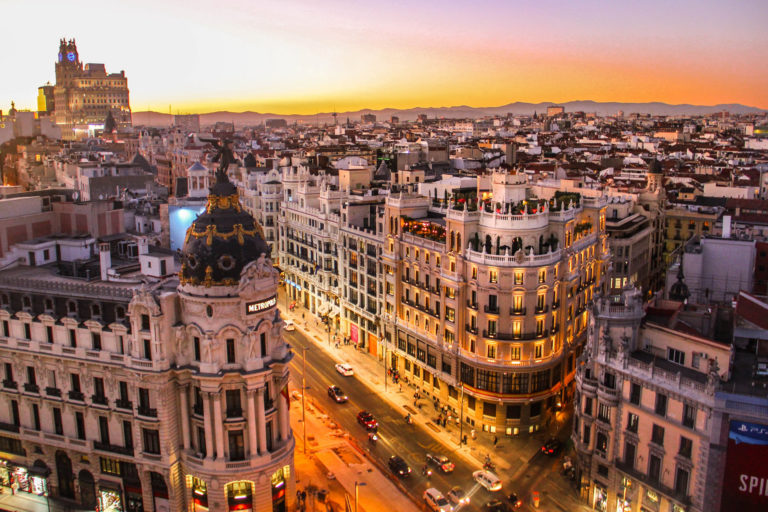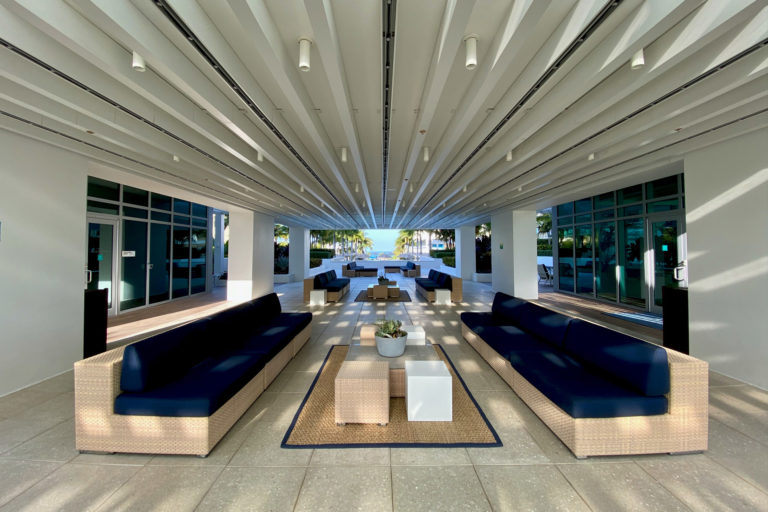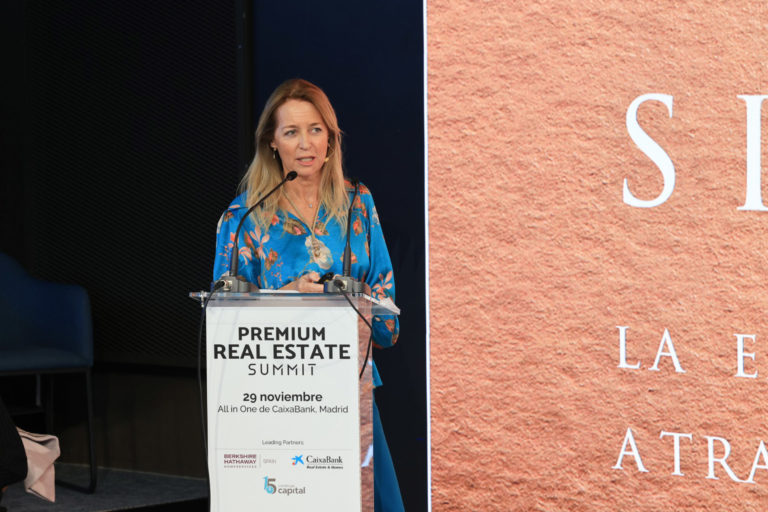
Since 1995, Value Retail has developed a global portfolio of 11 Villages under the name of The Bicester Village Shopping Collection, which comprises luxury shopping destinations and commercial development projects that attract discerning travelers and serve as a complementary channel to brands’ full price offer. They deliver these flagship retail experiences in China and 8 different countries across Europe, all within easy reach of major tourism cities.
The business model has been spectacularly successful, offering a carefully curated, luxury-only selection of fashion and accessory brands and dining to upscale, cosmopolitan clients. With unstoppable growth in gross sales every year between 1995 and 2019, the Villages attracted 45 million buyers in 2019 alone.
Value Retail specializes particularly in customer retention, with an extensive program for direct engagement with their most loyal visitors. Private services, personal shopping, and Virtual Shopping are but a few of the channels through which valuable clients are retained and develop deeper relationships with the Villages’ Brand Partners.
Given the international nature of the business and their locations on two continents, Value Retail has a number of interesting pandemic-related experiences to share, and much food for thought for destinations looking to capture the luxury market in commercial property developments. We spoke with Albert Caballé, Leasing Manager for La Roca Village and Las Rozas Village, both located in Spain.
The pandemic forced many retail spaces to close. What happened at the Value Retail Villages?
Our Villages are not run-of-the mill commercial centers. They are international destinations where you can find the top global fashion brands in an attractive environment that offers a unique shopping experience.
We are located in many countries, and the Villages scrupulously followed the regulations of each government, which were all different and constantly shifting. All the Villages were closed at some point and there were a number of different restrictions in different periods.
From the beginning, it was clear that we needed to prioritize helping our Brand Partners and immediately develop the maximum safety protocols for guests. We spared no expense in executing either objective, and we’re proud of that. It was a very difficult period, but we have come out of it stronger as a company and as people.
Have new opportunities arisen in this unprecedented context?
This has certainly been a period that was difficult to manage, at all levels, but it also forced us to be more creative in the search for new ideas and new concepts to adapt as best we could, not only to the circumstances surrounding the pandemic but to our projections of future needs. We have maintained extremely close contact with our brands during this time, making sure to reinforce the trust between us.
We made great strides in our online shopping offer during the pandemic. Of course, it was out of necessity, but it also gave us the opportunity to develop ways to offer, online, the same unique kind of luxury shopping experience that our guests expect when they come to the Villages in person.
Now that we’re headed into the second half of 2021, what trends are you seeing in independent commercial centers? Have there been substantial changes in the brands or types of brands that have a presence there?
Retail and commercial development projects in general are still struggling to get back to normal, because restrictions haven’t completely disappeared.
In the case of the Villages, we have been focused on making ourselves even more attractive to visitors, putting new ideas into motion and proposing new concepts to our brands to improve the buying experience for our visitors.
Are you seeing important changes in consumer behavior?
As a result of circumstances, the beginning of the pandemic saw a shift towards local and online consumption. But as the restrictions have lifted, buyers have wanted to get back to their “old” normal. They want to visit restaurants and shops, and they want to travel.
Shifting onto a different topic, have there traditionally been important differences between the brands located in independent retail centers and in retail spaces within tourism complexes?
It’s difficult to generalize, but it’s clear that consumer habits are different in those two contexts. In a tourism complex, priority should be given to an offer for people who want to experience a different kind of life for a short period of time. Pleasure should supersede need.
In terms of development and commercial planning, what are the main differences between tourism complex projects and other types of commercial projects?
The tourist or temporary visitor should feel she is enjoying a coherent, elevated experience in the destination. This applies to her accommodation, dining, what she can and does buy, and the services she chooses to use.
Experience and hospitality should be the two fundamental concepts for commercial projects within a larger resort development. For successful commercial development, you need a microclimate within retail establishments that is as attractive as possible, and in which the brands’ personalities shine through. Particularly for luxury establishments, it’s crucial that this experience be carried on throughout the complex, as it can only strengthen your commercial development project as a whole.



